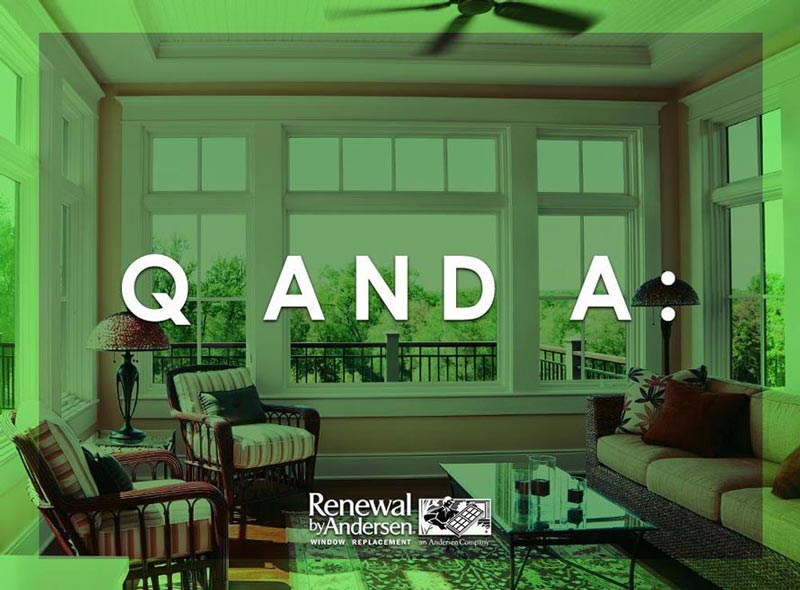

Discerning homeowners should decode essential, key terms before buying energy-efficient windows to get the right product for their needs. Since not all ENERGY STAR®-certified products seal are for everyone, get these questions answered first:
What is Insulated Glass?
Insulated glass refers to windows with at least two panes distanced by insulation at the edges and an insulating gas in the middle. Compared to single-pane units, double-pane replacement windows have superior thermal efficiency for minimizing heat loss.
What is Gas Fill?
This is the gas inserted in the middle of the two sheets of glass in double-glazed windows. Manufacturers use different gases in history, but the most common is argon. Apart from better insulation, argon-filled units have proven to increase the soundproofing qualities of windows. The gas also helps block ultraviolet rays and reduce the chances of condensation.
At Renewal by Andersen® of San Francisco, we use an argon gas blend to offer the best trade-off between energy efficiency and affordability. Unlike other manufacturers that use Freon and carbon dioxide, our argon gas blend isn’t sensitive to seal failure and doesn’t discolor over time.
What is Low-E Glass?
A shorthand for low-emissivity, Low-E coatings are the primary reason today’s replacement windows are exceptionally energy-efficient. As a two-way technology, they block excessive heat-causing infrared rays from the sun and bounces indoor heat back inside.
Unlike many companies, we use a spectrally selective, multi-layer Low-E coating to make our custom units more efficient. As a result, you can naturally enjoy cooler summers and warmer winters at home.
What is U-Factor?
U-factor is one of the chief energy performance ratings to look for. It refers to the ability of the product to trap indoor heat. Expressed in numbers 0.20 to 1.20, the lower, the better.
What is Solar Heat Gain Coefficient (SHGC)?
Like U-factor, SHGC is one of the most important energy performance ratings for replacement windows. This metric sheds light on the product’s ability to resist unwanted heat gain. Expressed in 0 to 1, the lower number means the less you’d have to spend cooling your home.
What is Visible Transmittance (VT)?
VT refers to the amount of daylighting the product allows, which helps lessen the need for artificial lighting. Expressed in 0 to 1, the higher the number, the more sunshine the window ushers in.
Choose Renewal by Andersen of San Francisco to elevate your home’s energy efficiency. Call us now at (866) 609-5033 to schedule your free consultation in San Francisco, CA, to learn more about our high-performance products and excellent services.